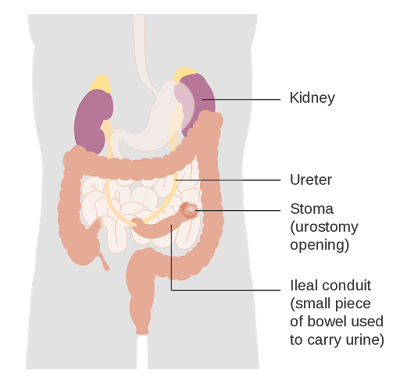Glucose monitoring systems use strong adhesives that tend to cause skin irritation and dermatitis. These issues can be resolved by working on the root cause. If you are reading this post, chances are you are doing some research on how to handle skin irritation.
In this article, we have compiled a list of tips and facts to help you prevent or get rid of skin irritation caused by the adhesives in your CGM system or insulin pump.
- If you are trying a sensor or set while you continue to experience skin irritation, it is unlikely that your problem will subside without any medical intervention. This problem will only worsen over time.
- Keep the affected skin area dry and clean. Non-perfumed soap or a cleaning solution, essentially without any strong chemicals in composition, can help prevent bacterial growth without damaging the skin further. Use a swab soaked in an alcohol-based solution on the affected skin area to disinfect it. Let this area completely dry once it is nice and clean.
- You may get periodic and short-lived relief from sprays and anti-histamines approved by doctors. If you want to get long-term relief, you may consider using prescribed creams and sprays that tend to leave an effect for several days after the first application. Be sure to discuss with your doctor before using these long-term solutions.
- Some skin barriers come in wipes and sprays. These solutions create a barrier film over the skin to prevent it from getting damaged due to the strong adhesive. You can look through different brands to choose the product of your choice. Most of these products are waterproof but can be removed with water and gentle scrubbing. Using soap can also make barrier removal quite convenient, but make sure you are using non-perfumed soap.
- You can also choose to use the tape backing on the sensor. Be sure to create a correct-sized hole in the patch of tape to let the sensor pass through and come in contact with your body. You can discuss these barrier options with your doctor or surgical staff.
- It is also possible to apply tape directly to the skin and then apply your set or sensor to that tape.
Contact dermatitis and skin irritation
Several adhesive additives can cause flare-ups in skin allergies. These additives can be both synthetic and natural. The best way to deal with contact dermatitis is to discuss the problem with your healthcare provider and ask for the adhesive additive that won’t result in a flare-up. Since everyone’s skin is different, getting your skin examined is necessary so that your doctor can recommend the right solution.
Make sure to discuss the skin problem with your doctor as soon as you experience any discomfort. Delaying a consultation will only worsen this problem.







